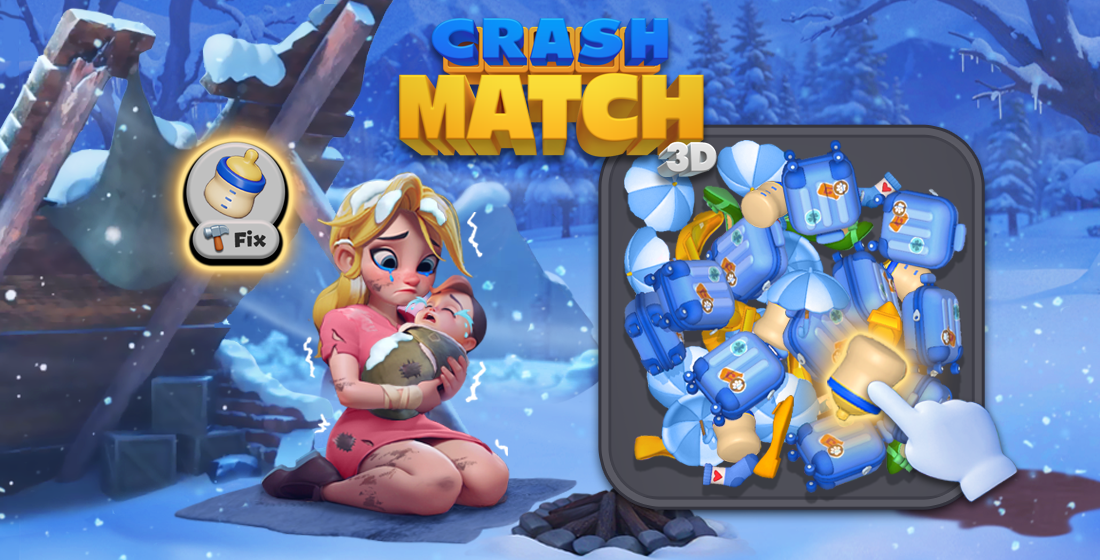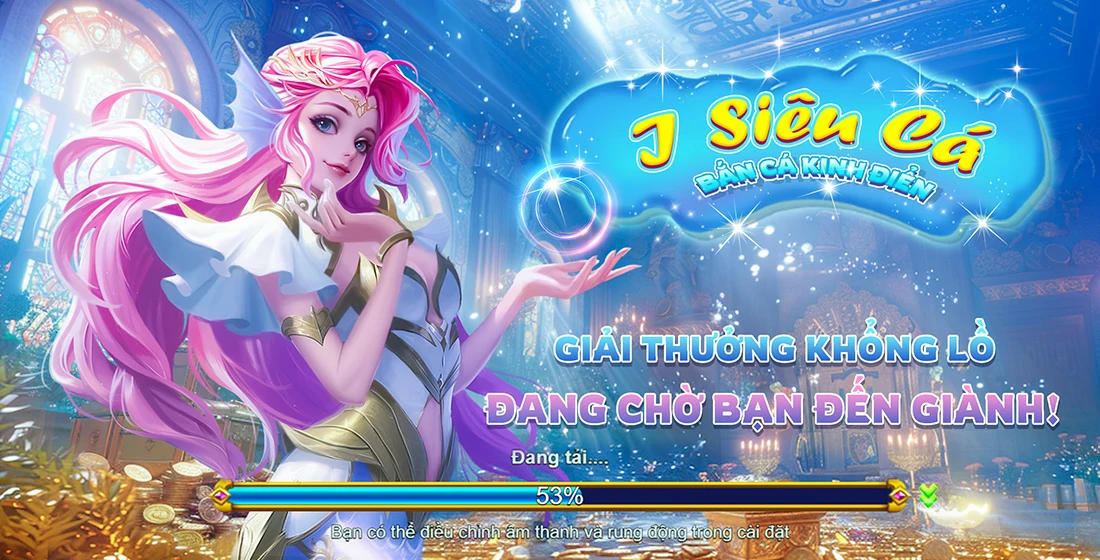Why Indie Multiplayer Games Are Revolutionizing the Gaming Landscape Today
In recent years, the gaming industry has seen a remarkable transformation, particularly with the rise of indie multiplayer games. These games are not just filling the gaps left by major studios; they are setting new standards for creativity, engagement, and player interaction. This article will explore how indie multiplayer games are revolutionizing the gaming landscape, their impact on storytelling, community dynamics, and more.
The Emergence of Indie Games
Indie games, short for independent games, refer to titles developed by individuals or small teams without the financial support of a major publisher. These games have blossomed due to advancements in technology, affordable development tools, and distribution platforms like Steam and itch.io. This accessibility allows creators to innovate and connect with audiences in unprecedented ways.
The Allure of Multiplayer
Multiplayer games invite players to connect, collaborate, and compete, enhancing the gaming experience. By fostering social interaction, these games create lively communities that engage players long after they leave the virtual world. Indie developers have capitalized on this trend by crafting unique multiplayer experiences that offer more than just gameplay; they build relationships.
Innovative Storytelling in Multiplayer
One of the standout features of indie multiplayer games is their approach to storytelling. Unlike traditional single-player narratives, many indie titles feature multiplayer story mode games that allow players to shape the plot through their interactions and choices. This participatory storytelling leads to diverse experiences, where each player’s decisions influence the game's direction, making each playthrough unique.
Examples of Groundbreaking Indie Multiplayer Games
- Among Us - A social deduction game that surged in popularity, emphasizing teamwork and deceit.
- Stardew Valley - A farming simulator with a co-op mode that fosters community building and shared experiences.
- No Man’s Sky - Initially met with skepticism, its ongoing updates have made it a celebrated multiplayer exploration experience.
Building Communities Through Multiplayer
Indie multiplayer games often create niche communities that are passionate and engaged. For example, in games like Delta Force US Army, players not only enjoy the gameplay but also actively participate in forming strategies and sharing experiences. These communities can extend beyond the game itself, nurturing discussions on forums, social media, and at events.
The Flexibility of Indie Development
Indie developers are not bound by the stringent expectations of major studios. This flexibility allows them to experiment with game mechanics, art styles, and narratives, leading to innovative gameplay experiences. Multiplayer games, in particular, benefit from this freedom, often incorporating unique, emergent gameplay elements that keep players coming back.
The Role of Feedback in Game Development
Indie developers frequently engage directly with their player base, seeking feedback to refine their games. Unlike many major studios that may operate with more of a “top-down" approach, indie creators value community input. This responsiveness allows them to tailor game experiences that resonate with players, further solidifying their impact in the gaming landscape.
The Impact of the Streaming Generation
The rise of platforms like Twitch and YouTube has elevated indie multiplayer games to new heights. Streamers and content creators showcase these games to millions, introducing audiences to unique titles they might not encounter otherwise. This exposure significantly increases community engagement and encourages more players to dive into the indie gaming scene.
Challenges Faced by Indie Devs
While there are many benefits to developing indie multiplayer games, there are also considerable challenges. Competition is fierce, with thousands of games released yearly. Marketing on a limited budget and achieving visibility among a sea of titles can be daunting. Additionally, maintaining server stability for multiplayer experiences requires resources that many indie teams may lack.
Future Trends in Indie Multiplayer Games
As we look to the future, several trends are emerging within the realm of indie multiplayer games:
- Cross-Platform Play: Allowing players on different devices to play together expands accessibility.
- Augmented Reality (AR) Experiences: Games that blend real-world environments with digital gameplay.
- Community-Driven Updates: Games continuously evolve based on player feedback, leading to organic growth.
Conclusion: The New Dawn of Gaming
Indie multiplayer games are not merely a trend; they are reshaping the gaming landscape in powerful ways. By fostering community, encouraging innovative storytelling, and embracing player feedback, they set an example for larger studios. As more players turn to these unique experiences, the future of gaming looks bright, filled with opportunity and endless possibilities.



